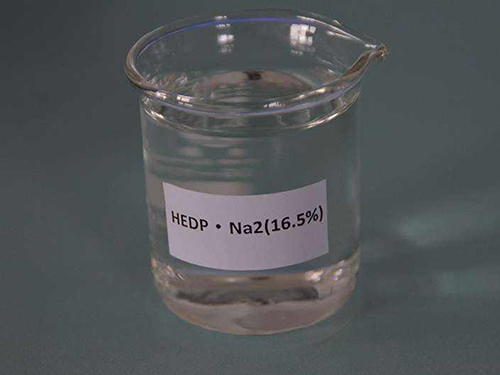Chemical Processes for Coagulation and Flocculation in Effective Water Treatment Strategies
Chemical Coagulation and Flocculation in Water Treatment
Water treatment is an essential process that ensures access to safe drinking water and contributes to environmental protection. Among the various techniques employed in water purification, chemical coagulation and flocculation stand out as highly effective methods for removing suspended solids, microorganisms, and other contaminants from water sources.
Coagulation Process
Coagulation is typically the first step in the water treatment process. It involves the addition of chemicals, known as coagulants, to water containing suspended particles. These particles can include colloids, silt, clay, and organic materials that cause turbidity. Common coagulants used in this process include aluminum sulfate (alum), ferric chloride, and polymeric coagulants.
The mechanism of coagulation is primarily based on the neutralization of the electrical charges on the surface of the suspended particles. Many of these particles carry a negative charge, which prevents them from clumping together. When a coagulant is added, it dissociates in water and releases positively charged ions. These cations neutralize the negative charges on the particles, allowing them to come together and form larger aggregates known as flocs.
Flocculation Process
Following coagulation, the water undergoes the flocculation process. Flocculation is a gentle mixing process that encourages the aggregation of smaller particles into larger flocs, which are then easier to remove from the water. This process typically occurs in a dedicated flocculation basin where slow stirring enhances the collision and binding of particles.
In flocculation, additional chemicals, referred to as flocculants, may be used to promote the formation of larger flocs. These can be natural or synthetic polymers, which further enhance the inter-particle attraction and settling rates of the formed aggregations. The optimal mixing conditions, including time and speed, are crucial to ensure efficient floc formation without breaking apart the delicate aggregates.
chemical coagulation and flocculation water treatment

Sedimentation and Filtration
Once the flocs have formed, the next critical step is sedimentation. In a sedimentation tank, the larger flocs settle to the bottom due to gravity, allowing clearer water to flow over the top. The settled sludge can then be removed from the tank and treated or disposed of accordingly.
Following sedimentation, filtration processes often remove any remaining particles, bacteria, and other impurities. Various filtration methods are employed, including sand filters, activated carbon filters, and membrane filtration. Each technique has unique benefits and is chosen based on the specific water quality requirements.
Benefits of Chemical Coagulation and Flocculation
The use of chemical coagulation and flocculation has numerous benefits in water treatment. This method effectively reduces turbidity, color, and pathogens, contributing not only to improved aesthetics of drinking water but also to its safety. Furthermore, it prepares the water for subsequent treatments, enhancing overall efficiency.
In addition to its effectiveness, chemical coagulation and flocculation can be relatively cost-efficient, particularly when treating large volumes of water. The ability to handle varying levels of turbidity and contamination makes this method versatile and widely applicable in municipal and industrial water treatment facilities.
Conclusion
In conclusion, chemical coagulation and flocculation represent crucial processes in the field of water treatment. By removing suspended solids and other impurities, these methods contribute to the production of safe drinking water, while also playing a significant role in environmental sustainability. With ongoing advancements in chemical formulations and treatment technologies, the efficacy and efficiency of these processes continue to improve, promising a brighter future for global water quality management. Proper implementation of coagulation and flocculation can ultimately lead to healthier communities and ecosystems, underscoring the importance of these techniques in our daily lives.
-
lk-319-special-scale-and-corrosion-inhibitor-for-steel-plants-advanced-solutions-for-industrial-water-systemsNewsAug.22,2025
-
flocculant-water-treatment-essential-chemical-solutions-for-purification-processesNewsAug.22,2025
-
isothiazolinones-versatile-microbial-control-agents-for-industrial-and-consumer-applicationsNewsAug.22,2025
-
scale-inhibitor-key-solutions-for-water-system-scale-preventionNewsAug.22,2025
-
organophosphonates-versatile-scale-inhibitors-for-industrial-water-systemsNewsAug.22,2025
-
scale-and-corrosion-inhibitor-essential-chemical-solutions-for-water-system-maintenanceNewsAug.22,2025





